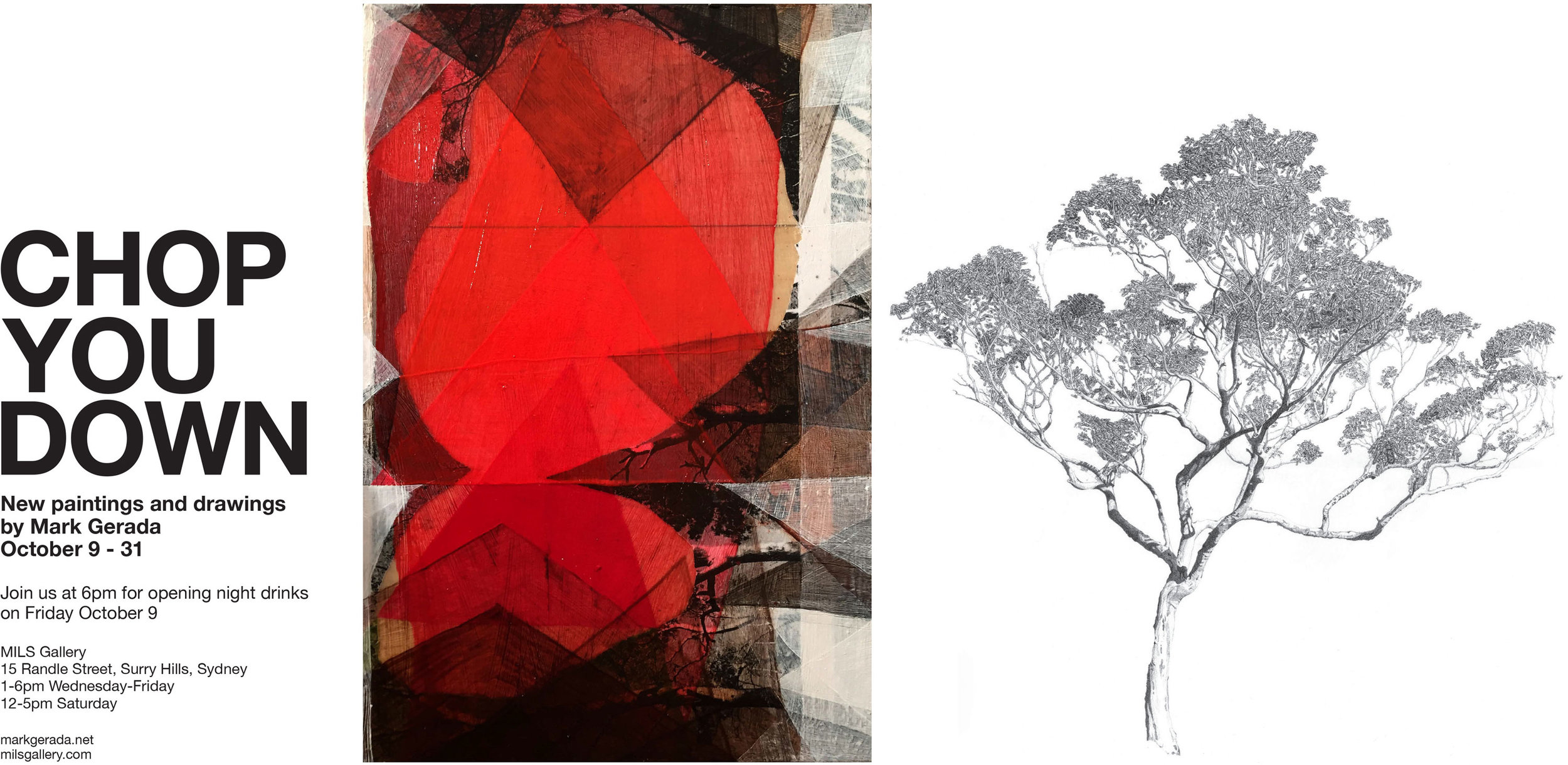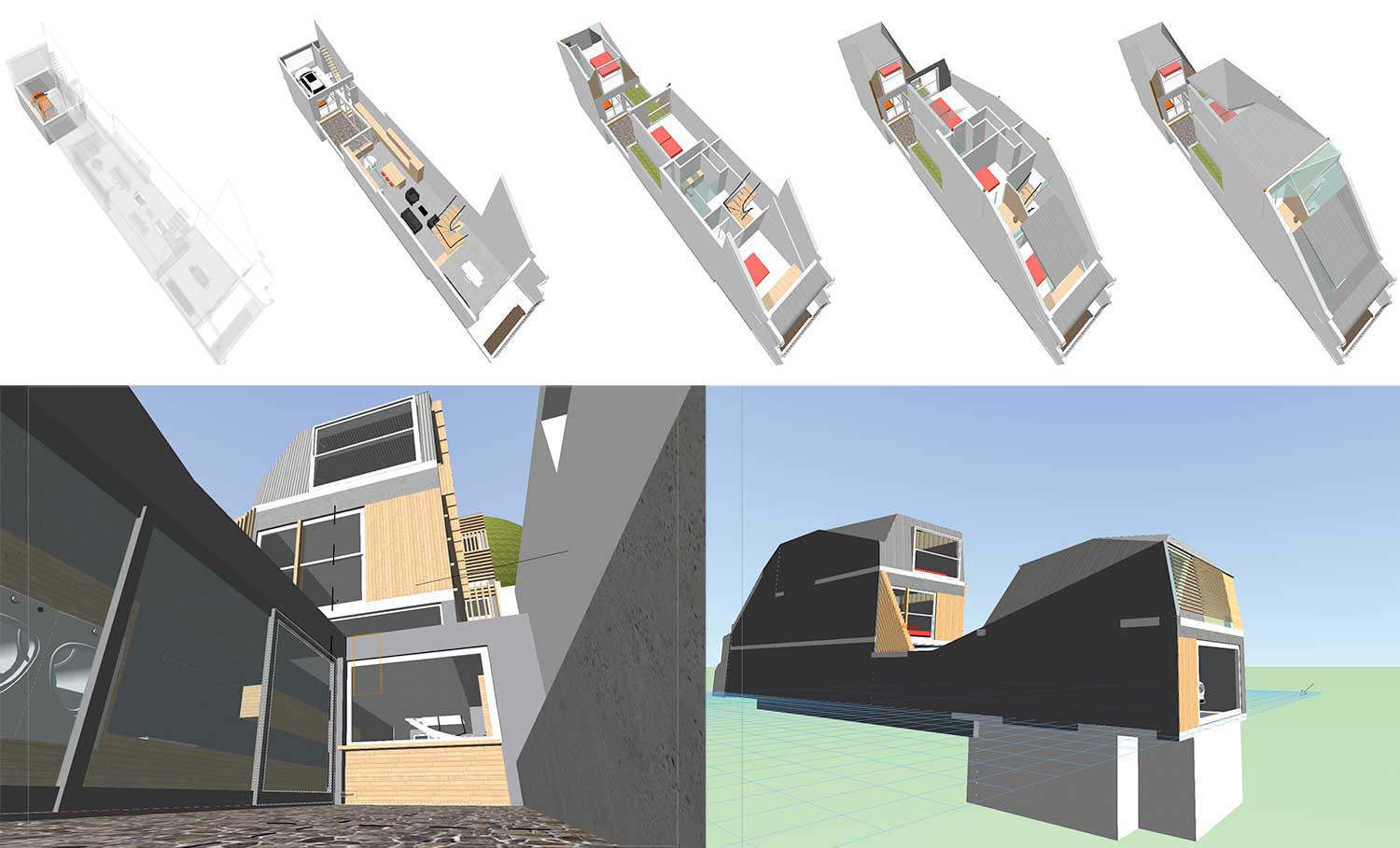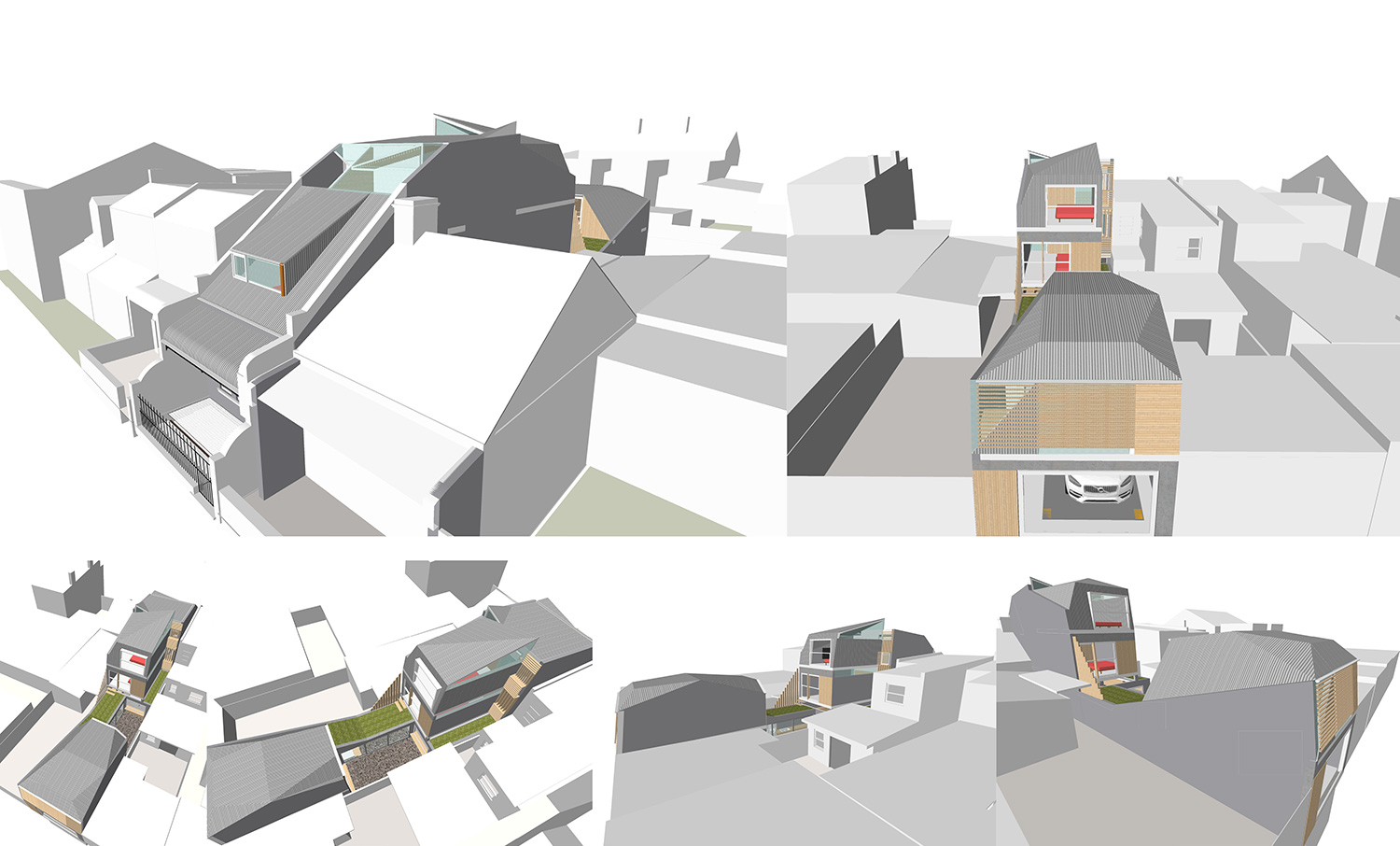Markʼs series of drawings of new play areas at Bourke Street Public School created with Aspect Studios are on exhibit at todayʼs Bourkey Fete.
Miller Place proposal illustration
A drawing of a proposed Miller Place Mark created with Aspect Studios and Urban and Public.
Picture: Mosman Daily
Picture: instagram.com/north.sydney
Picture: North Sydney Council
Picture: instagram.com/aspectstudios
UTS Centre for Social Justice and Inclusion
Markʼs Mardi Gras artwork used by the UTS Centre for Social Justice and Inclusion.
Storyboards for animated presentation
Mark is creating storyboards for Event Hospitality and Entertainmentʼs animated presentation to market.
"Our home" book printed
The Our home book Mark created with Ariel Gamble has been printed! Commissioned by Dreamworld Wildlife Foundation. Out soon.
Artwork commissioned for UTS Mardi Gras float
Markʼs artwork has been applied to screens, t-shirts, capes, bandanas and placards for Sydney Gay and Lesbian Mardi Gras. Happy Mardi Gras!
"All we canʼt see - Illustrating the Nauru files" at Yellow House Sydney
Mark has created three drawings for the exhibition All we canʼt see - Illustrating the Nauru files at Yellow House Sydney. The exhibition illustrates leaked incident reports written by staff in Australiaʼs detention centre on Nauru between 2013 and 2015.
"The mountains" in group exhibition
Markʼs painting The mountains included in a group exhibition at Rex-Livingston Art and Objects.
Koala Land storybook
Sketches for the Koala Land storybook with Arielle Gamble.
Gaffa's 10 year anniversary exhibition
Mark Gerada was in Gaffa's Ten Year Exhibition.
Koala Land exhibition in Gympie Regional Gallery
Koala Land exhibition at Gympie Regional Gallery.
News paintings at David Rex-Livingston
A new painting by Mark Gerada at David Rex-Livingston, Katoomba. Other paintings also available. The mountains. 800x1600mm. August 10, 2016.
Beasts of Alderley - Suburban Wilderness Trail
Beasts of Alderley - Suburban Wilderness Trail launch, Brisbane. Commissioned by Brisbane City Council for the Suburban Centre Improvement Plan arts opportunity program. See video
Design development for Zetland House
Architecture - Zetland House
Chop You Down at David Rex-Livingston
Chop You Down at David Rex-Livingston, Katoomba.

Sketch design for Zetland House
CHOP YOU DOWN: New drawings and paintings by Mark Gerada
 All are welcome to opening night drinks Friday October 9, 6-8pm
All are welcome to opening night drinks Friday October 9, 6-8pm
MILS Gallery
Exhibition October 9 - October 31
15 Randle Street, Surry Hills
Mark Gerada: Chop You Down
Mark Gerada's exhibition of new drawings and paintings is the convergence of two stories about shelter.
The first begins with the artist's own quest for a home. In 2011 he moved to a property in the town of Leura, upstream from the World Heritage-listed Blue Mountains National Park. He was looking for a place to build a nest for his family, and he was retreating from an unaffordable city unsupportive of his creative practice. Like increasing numbers of Sydney-based artists unable to secure housing and studio space, he looked for the silver lining in a difficult situation. Life in the mountains offered possibilities to live according to different values. These are values that can be found already woven into Gerada’s work, from Koala Land to City wilderness trail (collaboration with Tega Brain and Diego Bonetto). A life according to these values might make time to produce beautiful art and might make space for decolonising the way humans live with other species: it could keep creeks running (Govetts Creek runs through his property) and forests growing. While it had title boundaries, their nest was a habitat that provided shelter for many species.
In 2014, when a neighbour began felling the giant eucalypts behind their property, Gerada was devastated. He stayed in his studio, blocking out the noise of the bulldozers, chainsaws and falling trees. There was a brief silence followed by the sound of black cockatoos circling the bald spot of land, ‘crying’ with confusion and sorrow. Kookaburras raised their voices struggling to find yabbies in the now muddy creeks awash with erosion from the newly cleared block. Then Indian Minahs arrived, edge dwellers migrating up the train line and highway corridor looking for easy prey at the frontiers of suburban development.
Gerada was angry. He remembered his campaign as a teenager to save a giant palm tree from the chop in his family home. Influenced by the Franklin River protests, Gerada made a 'save the tree' placard and stood steadfast in the backyard. Then, the only person who really needed convincing was his father. And eventually, impressed at his son’s perseverance, he put his axe back in the shed, muttering under his breath about a useless tree that made a mess.
The situation in Leura is in some ways much more complex. In others, it is just as simple. While the work in Chop You Down features more vibrant colours and dynamic shapes than his adolescent activism, his visual response has always been intuitive and emotional.
The artworks in this show are the result. Hybrid mashups of trees and machines struggle for a shared future. Chainsaws and bulldozers grow from the limbs of towering gums, dwarfed by their beauty and almost undetectable in their complexity. Landscapes are characterised by ambiguous voids, scarred by human activity yet giving way to breath and light. While there are no human figures in the pieces, we are there in every one of these assemblages. We are the machines: chopping, destroying, clearing and forgetting.
The second story in this exhibition is also about eucalypts but is historical in its underpinnings. On a drawing trip to Lunawanna alonnah (Bruny Island, Tasmania) Gerada was mesmerised by the enormity of the Blue Gum trees with hollowed bases. He drew these tree spaces obsessively, imagining what and whom they had sheltered over time. People could only understand the value of such spaces when they respected the centuries of growth that produced them.
It is not difficult to imagine how, before colonisation, these hollows were used as cooking areas and social spaces by the Nuenonne people, part of the South East tribe of Tasmanian Aboriginals. French biologist Jacques Labillardière, in the late seventeen hundreds, included these trees in his observations that the Nuenonne were a peaceful people existing in a bountiful place with plentiful resources.
'We were filled with admiration at the sight of these ancient forests, in which the axe had never sounded' Labillardière 1792[1]
In this exhibition, Gerada creates a life size drawing of a Lunawanna alonnah tree hollow, reflecting on how the First Australians lived with other living things. He asks how considering this relationship more deeply might help Australians find and create value systems that waste less and shelter more; that one day we may face a tree without the impulse to Chop You Down.
Dr Alexandra Crosby
Koala Land Exhibition at Redlands Regional Gallery, Queensland
Mark's Koala Land exhibition at Redlands Regional Gallery has opened. Exhibited work includes design process, original illustrations and report layouts. This exhibition is held in conjunction with World Environment Day, Friday 5 June 2015, and closes on July 11. The exhibition is supported by Dreamworld Wildlife Foundation.
Koala Land by Mark Gerada is an exhibition that considers ways of creating a sustainable future for koalas and people on the Koala Coast in South East Queensland. A collection of conversations with people who have worked with koalas for decades — researchers, scientists, vets, carers, wildlife rescuers, zoo keepers and planners — Koala Land provides solutions for rebuilding koala populations, creating a picture of what we can start doing now to prevent the koala from becoming extinct. The question we need to ask is, 'How can humans and koalas live together?'
Portal to K-Town, Katoomba
Mark's Mighty Mountain light boxes were selected and curated by artists Claire Healy and Sean Cordeiro to be a part of the Modern Art Projects exhibition Portal to K-Town. The installation in the window is by Suzann Victor.







